Nepalese earthquake hits home
Mountains of debris have piled up in Nepal’s capital. Here, rescue workers search for survivors on Sunday in Bhaktapur, near Kathmandu.
All photos in this article were provided by National Geographic.
A 7.8 magnitude earthquake struck the area between the Nepalese capital city of Kathmandu and the city of Pokhara on April 25 at approximately 11:56 PM NST (Nepal Standard Time), causing massive amounts of damage and leading to a continually rising death toll of over 5,000 people and more than 11,000 injured.
The massive earthquake flattened many villages around its epicenter, collapsing iconic buildings such as the landmark Dharahara tower and the Durbar Square, UNESCO world heritage site, both located in Kathmandu, as well as inducing massive landslides that demolished the already collapsed villages outside the capital.
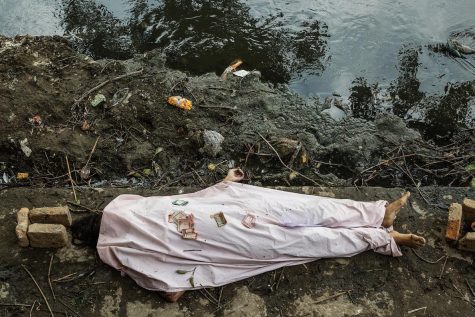
The earthquake also caused an avalanche on Mt. Everest that killed 19 people, including Google executive Dan Fredinberg, and trapped an estimated 200 surviving mountain climbers who are being evacuated by helicopter, with several more thought to be injured or unaccounted for.
Surrounding India, Chinese Tibet, Bangladesh, and western Bhútan were also affected by the earthquake’s massive force. “[The earthquake] ruptured a few water pipelines” said Ms. Mita, a resident of Bangladesh and relative of Cam High junior Farhan Saleh. “We [were] far away from the center of the earthquake, so we are all okay.” Numerous utility damages and structural collapses in these areas have added to the total damage that the earthquake has caused.
Not long afterwards, a 6.7 magnitude aftershock, along with numerous, smaller succeeding aftershocks, continued to slow relief efforts and cause more damage. Significant aftershock tremors over a magnitude of 5 are estimated to continue for approximately one month. The fear of continued quakes, coupled with a lack of shelter, prompted many, including president Ram Baran Yadav and his security team, to sleep in tents which were sent by foreign aid missions. Where tents were scarce, those without shelter fashioned their own from surrounding rubble, plastic, and parchment.
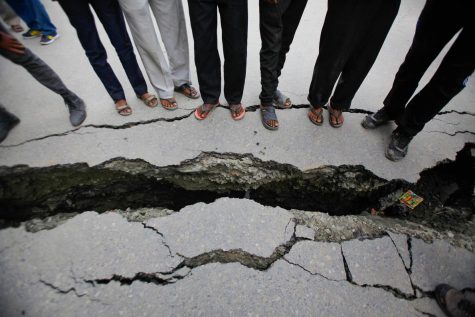
With a GDP of only $19.9 billion, this landlocked country is one of the poorest in all of Asia, making reconstruction and relief an extremely daunting task. The massive scale of this disaster has stretched their country’s military thin, as nine out of ten Nepalese military service members are currently working in search and rescue teams, attempting to move past the landslides and find any surviving people amidst the wreckage of the buildings.
In addition to the surrounding countries of China, India, Bhútan, and Bangladesh, many other nations have also donated to the relief effort in manpower, resources, and monetary aid. The United States, Denmark, Austria, Hong Kong, Germany, Iran, Japan, Israel, Algeria, Poland, Qatar, Taiwan, The United Kingdom, The United Arab Emirates, and numerous other countries have all contributed out of their federal budget to the pool of relief support for the small country desperately in need of it.
Among the numerous foreign aid and red cross workers going to Nepal from all across the globe, the Southern California FEMA (Federal Emergency Management Agency) task force, the “Urban Search and Rescue California Task Force 2”, is also en route to Nepal, thanks to the sponsoring of the Los Angeles County Fire Department. This task force has worked in some of the world’s largest relief operations before, notably in the relief efforts for Hurricane Katrina, the 2010 Haitian earthquake, and the 2011 Japanese earthquake.
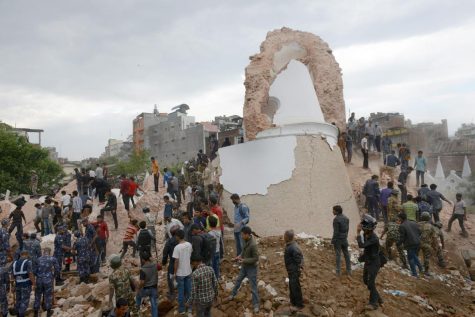
Domestic businesses in the United States have also joined the relief effort through an electronic medium. Facebook has promised to donate $2 million in addition to setting up a direct donation link to the nonprofit International Medical corps on their website. They have also created a service called Safety Check that allows for people to communicate to their friends and family that they are safe during a natural disaster. A similiar service exists on the Google charity sub-site, Google. org, called Person Finder. This project allows the loved ones of disaster victims to look up the name of the person they are searching for, and the service will attempt to provide information on whether the person has been found as of that moment. User can also submit information about found people, to aid in the identification of lost people, and potentially reunifying them with their loved ones.
Charities such as the American Red Cross and Hong Kong based Oxfam are donating hundreds of thousands of dollars in money and manpower, and are continuing relief efforts in the impoverished country. In spite of the relief donations of many nations and manpower of thousands of volunteers, recovery has no estimated completion date. However, relief resources continue to grow by the day, as more countries and organizations increase their support for the rescue and rebuilding of Nepal.

Hi, my name's Avesta (pronounced: A-ve-s-ta) and this is my second year with the Stinger. My hobbies include travel, preferably in the third world, virtual...











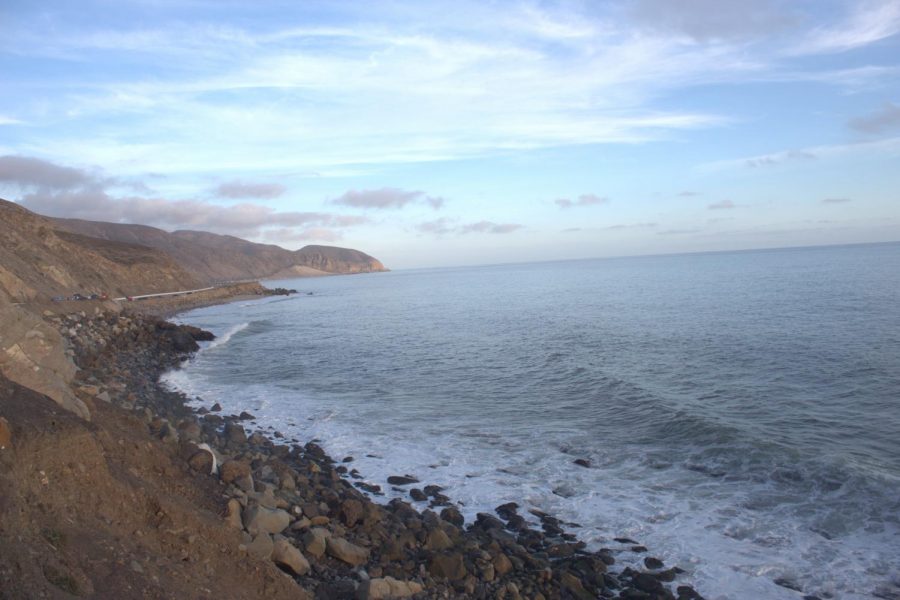







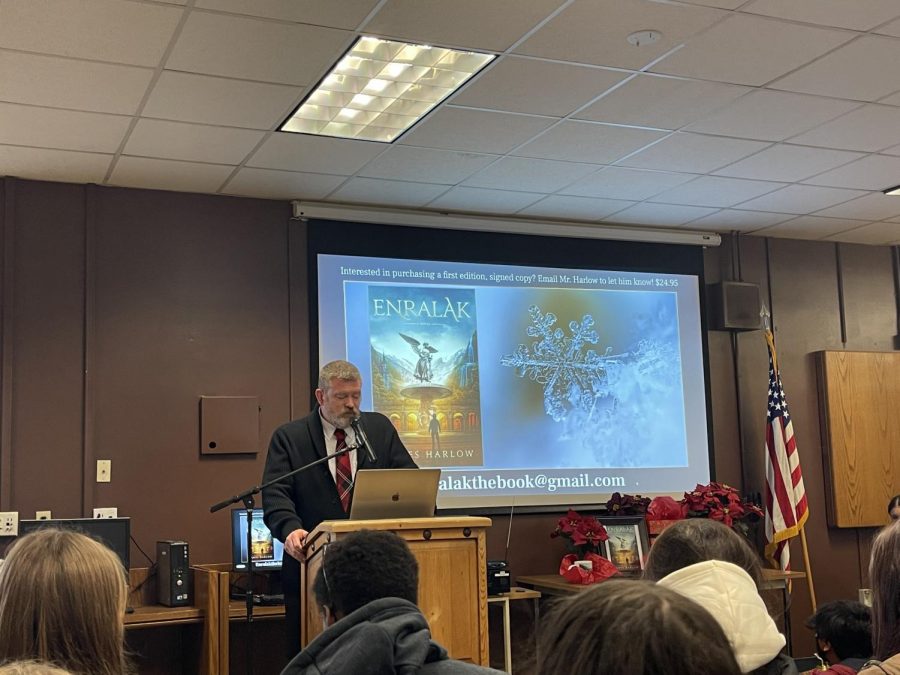
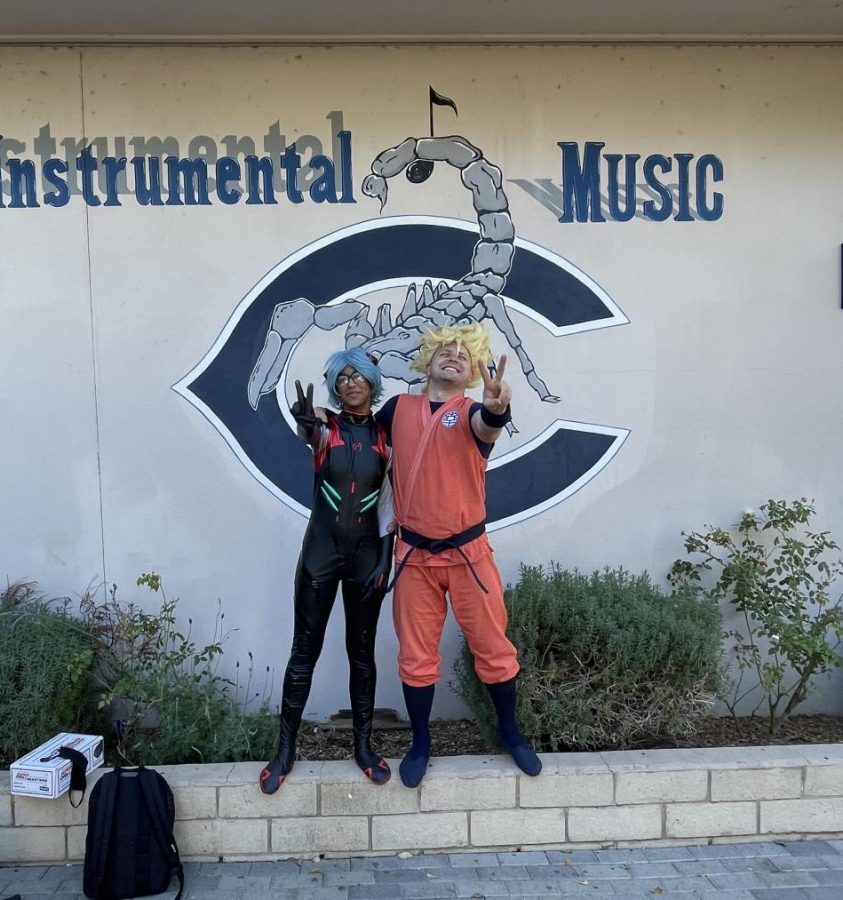






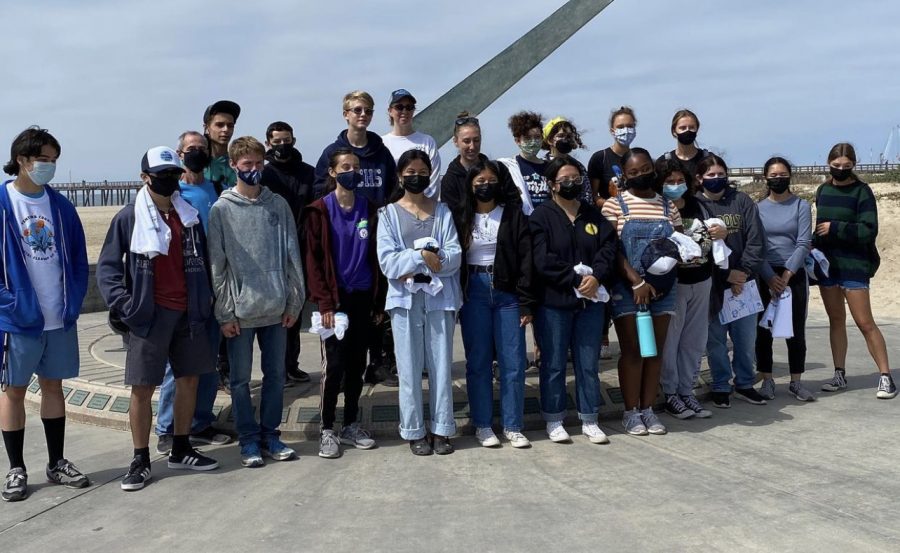














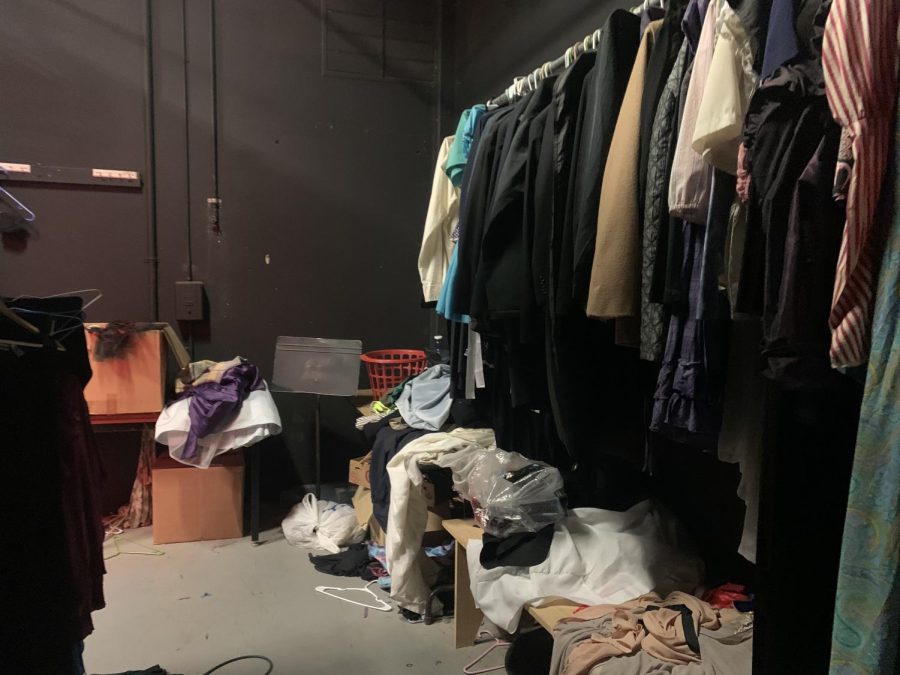



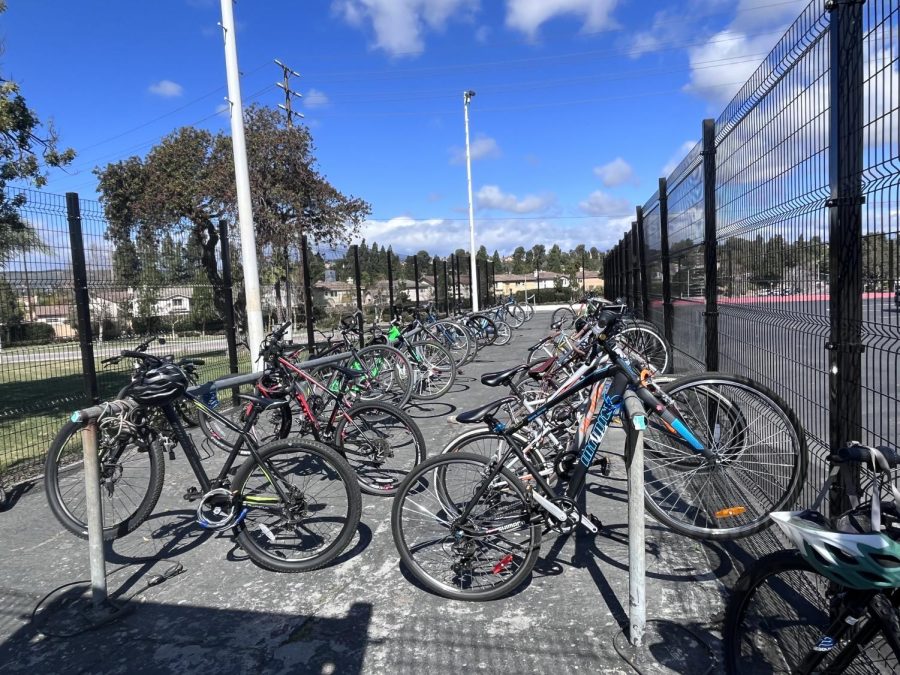















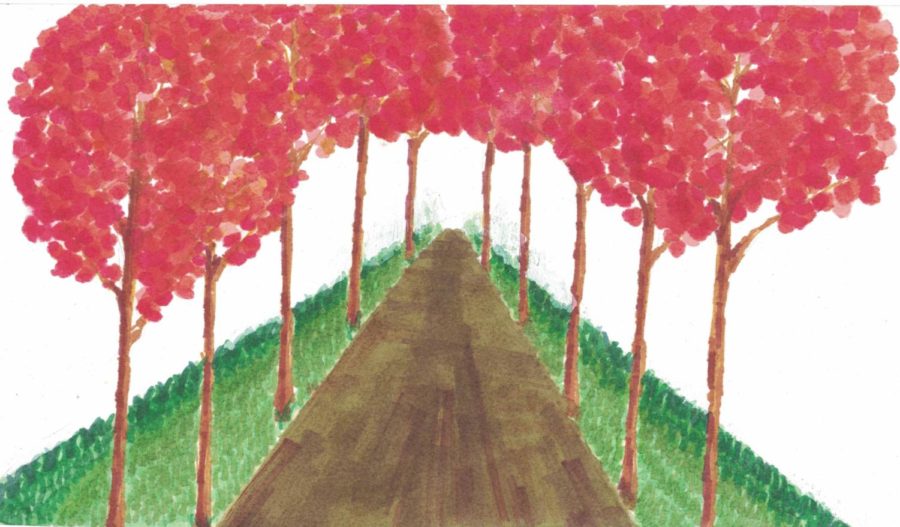


















![Senior Ditch Day... Relaxation or Truancy? [Video]](https://achsstinger.com/wp-content/uploads/2017/10/IMG_7119-900x599.jpg)
![Heavy Rain Hits Cam High [video]](https://achsstinger.com/wp-content/uploads/2017/02/maxresdefault-900x506.jpg)



